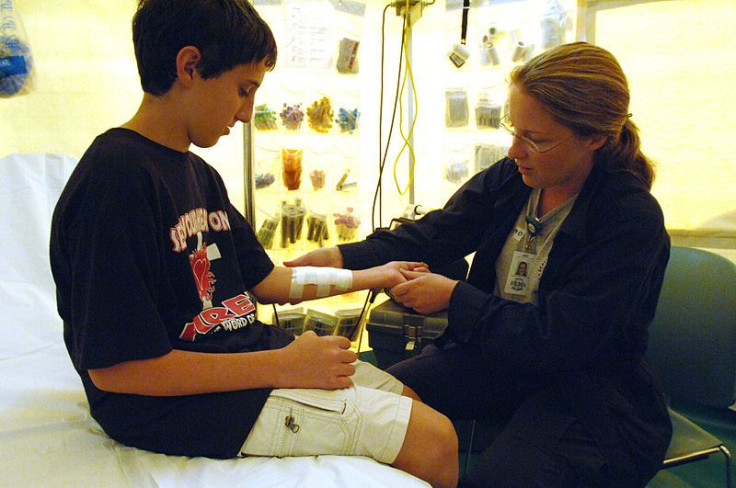Medical Errors Injure 43 Million People Each Year, Not Even Counting Infected Needles And Tainted Blood

Researchers from Harvard School of Public Health (HSPH) recently calculated the total number of adverse health events caused each year by medical errors. They discovered that every year more than 43 million people are harmed by unsafe medical care worldwide, resulting in the loss of nearly 23 million years of "healthy" life.
“We find that millions of people around the world are hurt, disabled, and sometimes even die as a result of medical errors,” lead author Ashish Jha, professor of health policy and management at HSPH, stated in a press release.
Examining the Data
The HSPH researchers used data from more than 4,000 articles that have been published over the previous few decades, as well as from epidemiologic studies commissioned by the World Health Organization, which supported the study. The researchers examined seven common negative outcomes that might occur in a hospital:
- Injuries due to medications
- Catheter-related urinary tract infections
- Catheter-related blood stream infections
- Hospital-acquired pneumonia
- Blood clots in veins
- Falls
- Bed sores
Next, the authors modeled the impact of these negative events by using a metric called "disability-adjusted life years" (DALYs), which measures years of healthy life lost due to ill health, disability, or early death. Oddly, high-income countries outstripped low-and middle-income countries in terms of incidence; for every 100 hospitalizations, 14.2 negative events occurred in high-income countries while 12.7 occurred in low- and middle-income countries.
The most common adverse events in high-income countries were adverse drug events, such as when someone is given the wrong medication or has a bad reaction (incidence rate five percent). The most common adverse events in low- and middle-income countries were blood clots in veins (incidence rate three percent).
Although disability was more common than death itself, the study found premature death was the biggest driver of DALYs lost — 78.6 percent of all adverse events in high-income countries and 80.7 percent in low- and middle-income countries. Taken together, the seven types of adverse events examined in the study rank as the 20th leading cause of morbidity and mortality for the world's population.
The authors noted there are many other types of adverse events not even touched upon in this study—such as the use of infected needles, tainted blood products, or counterfeit drugs—that would likely raise the estimates substantially. Nevertheless the picture, even without these added events, is bleak enough.
"These findings are an important sign that we need to invest in improving the quality and safety of healthcare systems around the globe," the study's senior author, David Bates, senior vice president for quality and safety at Brigham and Women's Hospital, stated in a press release. The study appears online September 18 in BMJ Quality & Safety.
Source: Bates D, Jha AK, Larizgoitia I, et al. The global burden of unsafe medical care: an observational study. BMJ Quality & Safety. 2013.
Published by Medicaldaily.com



























